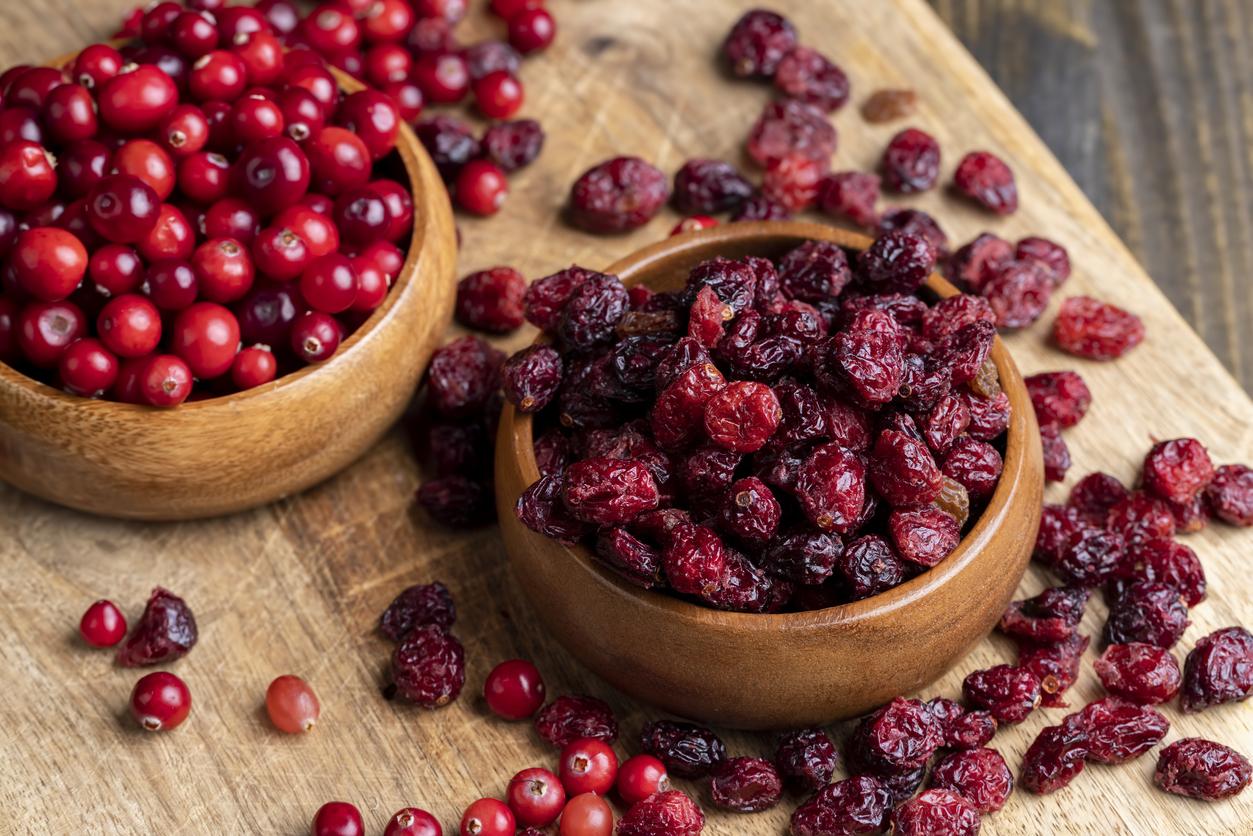Intolerance to lactose, that is to say to milk sugar, is one of the most frequent intolerances. It is due to a deficiency in lactase, the enzyme which makes it possible to “cut” the molecule of lactose and to digest it. Poorly absorbed by the intestine, lactose reaches the colon, where it ferments with production of gas and call for water. Pain can then occur, as well as diarrhea.
According to Health Insurance, “30 to 50% of French people have incomplete digestion of lactose”. Corn only 5% are very lactose intolerant.
How do I know if I am lactose intolerant? In case of doubt, a hydrogen breath test can be used to make the diagnosis with certainty. It measures the quantity of hydrogen exhaled after ingestion of lactose, which is proportional to the undigested fraction. If the figure is higher than normal, there is lactose intolerance.
What are the solutions ?
The symptoms disappear with the cessation of the consumption of products containing lactose, that is to say milk (cow, but also sheep or goat), cream, cottage cheese, dessert creams. On the other hand, hard cheeses (Comté, Emmental, etc.) or sheep’s cheese contain only traces of lactose and therefore do not pose a problem. Soft cheeses such as camembert or butter have a very low lactose content, and yoghurts contain bacteria that predigest lactose.
“Unless you are very intolerant, you can ingest up to 12 g of lactose per day in 3 g increments”, says Dr. Chabane. And note that if plant-based drinks and creams are a good alternative to dairy products, there are also low-lactose milks, which are interesting for their high calcium content. Finally, it is possible to take lactase tablets to better digest dairy products. If none of this improves your symptoms, “it may be that there is also an intolerance to milk proteins (caseins and others)”, indicates Dr. Habib Chabane, allergist and author of Food allergies (ed. Vigot). In this case, it will be necessary to eliminate all dairy products, even those low in lactose.
Read the ingredient lists carefully. Admittedly, the main providers of lactose are dairy products and their derivatives. But it is also used in a number of industrial products such as bakery and pastry products, cold cuts, breakfast cereals, sauces, prepared meals, confectionery, chocolate (even dark), and the majority of powdered foods such as mash, etc. If you are lactose intolerant, keep an eye out and look on the ingredient lists for these foods for mentions of milk, cream, butter, but also lactic serum, whey or caseinates.
But don’t empty your cupboards and fridge. Gastroenterologist Nicolas Mathieu and dietician-nutritionist Brigitte Coudray tell you, in this slideshow, what you can afford to eat without fear of not digesting it.
Read also :
- Allergies and intolerances: what’s the difference?
- Who is the lactose-free diet for?
- Nutri trends: the game of 7 tribes



























